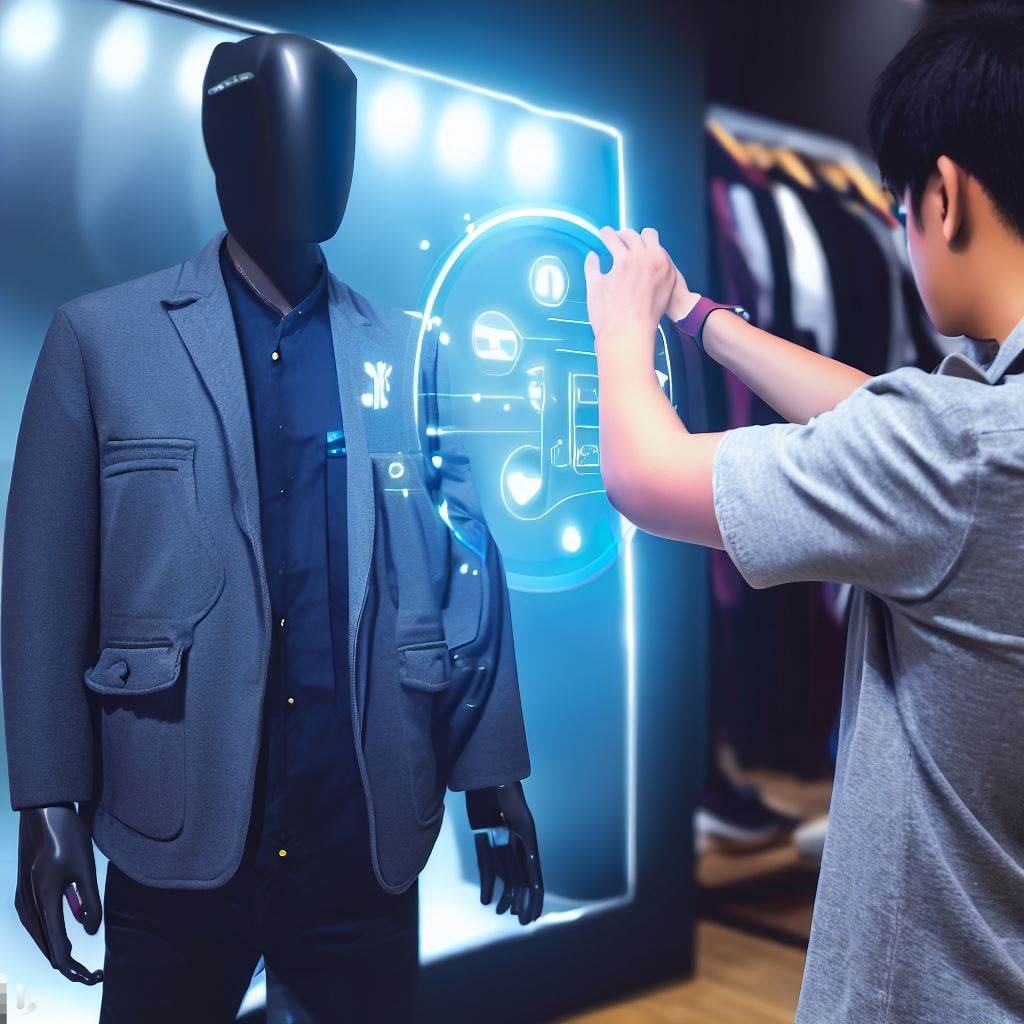As technology continues to advance, it permeates every aspect of our lives, including the fashion industry. Gone are the days when we had to visit physical stores to try on clothes and visualize how they would look on us. Thanks to artificial intelligence (AI), we now have the convenience of virtual clothes trying-on, revolutionizing the way we shop and interact with fashion. In this blog post, we will explore the exciting world of AI-based virtual clothes trying-on and its impact on the fashion industry.
The Rise of Virtual Clothes Trying-On
Virtual clothes trying-on is the result of combining computer vision, image recognition, and AI algorithms. By utilizing these technologies, fashion retailers and developers have created virtual fitting rooms that allow users to see how garments would look on them without actually wearing them. The process involves capturing an individual’s image or utilizing a body model, and then digitally superimposing the chosen garment onto the person’s body.
How It Works
AI-based virtual clothes trying-on systems employ a multi-step process to deliver accurate and realistic results. Here’s a simplified breakdown of the steps involved:
- Body Scanning: The system captures the user’s body shape and measurements using various methods such as 3D scanning, depth sensors, or machine learning algorithms trained on vast amounts of human body data.
- Garment Simulation: The virtual clothes trying-on software analyzes the garment’s fabric properties, texture, and patterns to create a digital replica. It considers factors like how the material drapes, stretches, and moves to simulate the clothing’s behavior accurately.
- Image Recognition: The system uses computer vision and image recognition algorithms to identify the user’s body landmarks, such as joints, contours, and proportions. This data helps accurately map and position the virtual garment onto the user’s body.
- Real-time Visualization: Once the garment is accurately placed on the user’s body, the system generates a real-time visual representation that allows the user to see how the clothes fit and look from different angles. Users can virtually move and interact with the garment to get a comprehensive understanding of its appearance.
Benefits of AI-Based Virtual Clothes Trying-On
- Enhanced Customer Experience: Virtual clothes trying-on eliminates the need for physical changing rooms and the associated inconveniences such as waiting in line and limited availability. Customers can try on multiple outfits and experiment with different styles from the comfort of their own homes.
- Time and Cost Efficiency: Virtual clothes trying-on saves time and money by reducing the need for physical inventory and returns. Shoppers can make more informed decisions about their purchases, reducing the likelihood of dissatisfaction and subsequent returns.
- Personalized Recommendations: AI algorithms can analyze user preferences, body measurements, and past purchases to offer personalized clothing recommendations. This level of personalization enhances the shopping experience and increases customer satisfaction.
- Sustainability: Virtual clothes trying-on promotes sustainable fashion practices by reducing the carbon footprint associated with traditional shopping. Fewer physical garments need to be produced, resulting in less material waste and energy consumption.
Challenges and Future Developments
While AI-based virtual clothes trying-on has made significant strides, several challenges remain. Accurate body scanning, realistic fabric simulation, and addressing the diversity of body shapes and sizes are ongoing areas of improvement. As technology advances, we can expect better accuracy, improved customization, and enhanced interactivity in virtual clothes trying-on systems.
Conclusion
AI-based virtual clothes trying-on has emerged as a game-changer in the fashion industry, offering a convenient and immersive shopping experience for consumers. By leveraging the power of AI, fashion brands can provide customers with realistic representations of garments, allowing them to make informed purchase decisions. As the technology continues to evolve, we can anticipate exciting developments and a transformative impact on the way we shop











